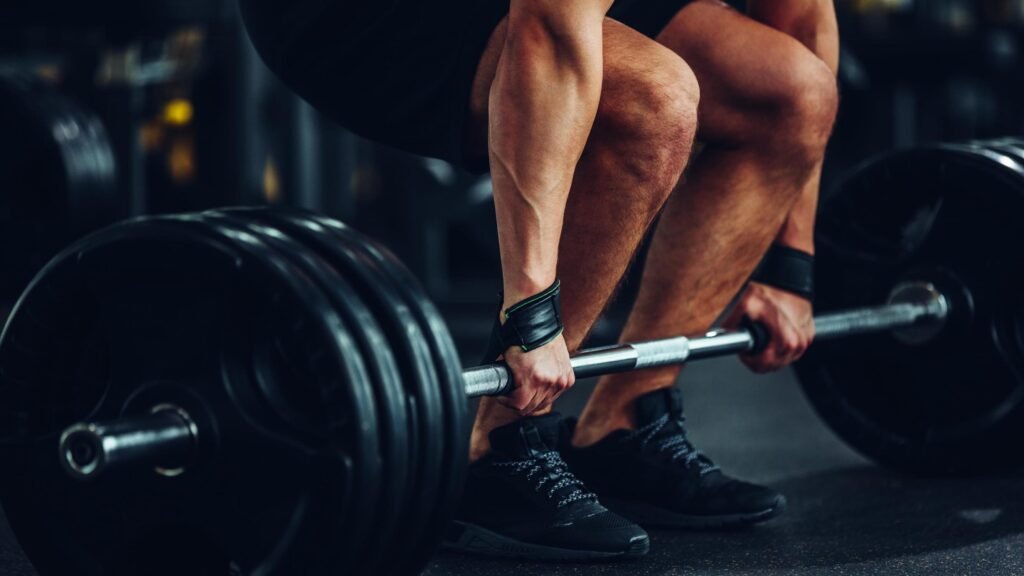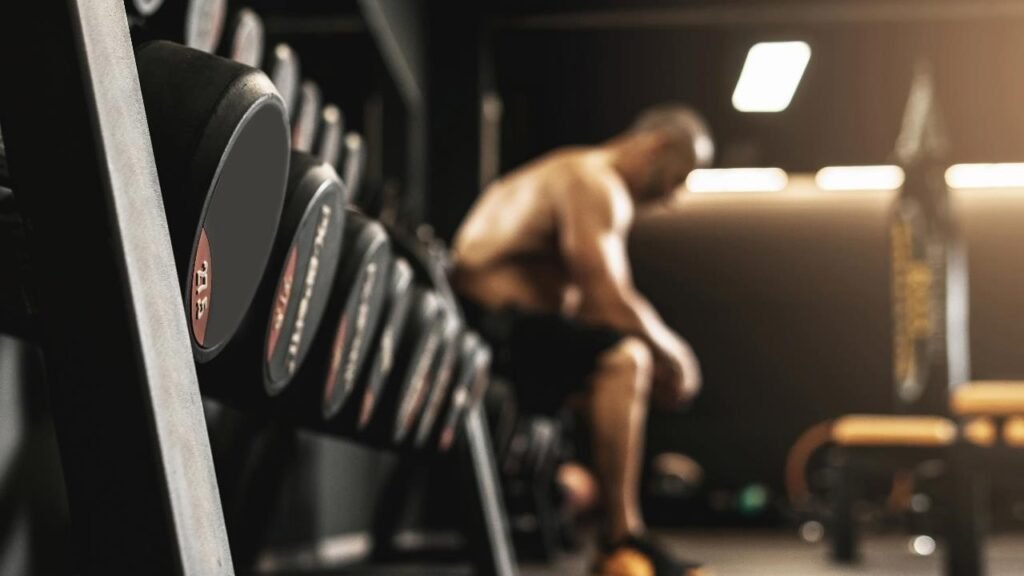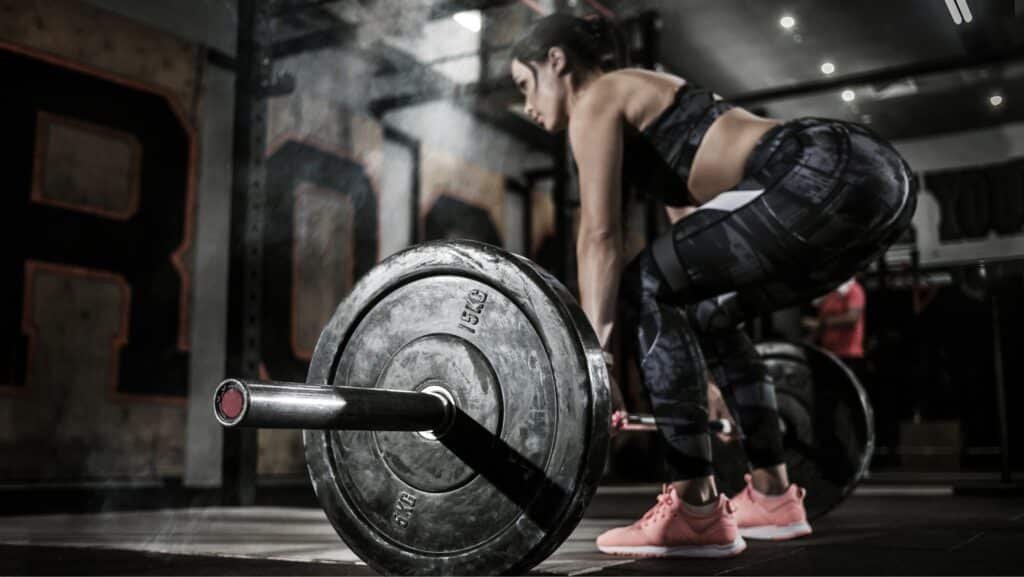Share on
Pull workouts are an essential component of any well-rounded fitness routine. These exercises involve pulling motions that target the back, biceps, and posterior chain muscles, helping to balance out pushing exercises and prevent muscle imbalances. By incorporating pull workouts into your training program, you can improve overall strength, posture, and achieve a more balanced physique.
Key Takeaways:
- Pull workouts target the back, biceps, and posterior chain muscles
- Incorporate a mix of compound and isolation exercises for comprehensive muscle development
- Adjust rep ranges and weights based on your goals (strength vs. hypertrophy)
- Progressive overload and adequate rest are crucial for long-term progress and recovery
Table of Contents

Key Exercises
Deadlifts
Deadlifts are the king of compound exercises when it comes to building overall strength and muscle mass. This exercise targets multiple muscle groups, including the back, glutes, and hamstrings. To perform a deadlift, you’ll need to lift a barbell or dumbbells from the ground to a standing position, engaging your entire posterior chain in the process.
For optimal strength development, aim for 3 sets of 6-8 reps with heavy weights and longer rest periods (around 120 seconds) between sets. Remember, proper form is crucial to avoid injury and maximize the benefits of this powerful exercise.
Pull-Ups
Pull-ups are a classic bodyweight exercise that primarily targets the lats, biceps, and core. To perform a pull-up, hang from a bar with an overhand grip and pull your body up until your chin is above the bar. This exercise can be challenging for beginners, but with consistent practice and progression, you’ll be able to perform multiple reps with ease.
Aim for 4 sets of 8-10 reps with longer rest periods (around 120 seconds) to focus on muscle hypertrophy. If you struggle with bodyweight pull-ups, consider using assisted pull-up machines or resistance bands to help you build strength and technique.
Barbell Rows
Barbell rows are another compound exercise that targets the back, biceps, and rear deltoids. To perform a barbell row, hinge at the hips to maintain a bent-over position and pull the barbell towards your abdomen, squeezing your shoulder blades together at the top of the movement.
For a balanced approach to strength and hypertrophy, aim for 2 sets of 8-10 reps with moderate to heavy weights and moderate rest periods (around 90 seconds) between sets. Focus on maintaining a stable core and avoiding excessive momentum to ensure proper muscle engagement.
Lat Pulldowns
Lat pulldowns are an isolation exercise that primarily targets the latissimus dorsi (lats). To perform a lat pulldown, sit at a cable machine with a wide grip attachment and pull the bar down towards your chest, focusing on squeezing your lats at the bottom of the movement.
For optimal muscle hypertrophy, aim for 3 sets of 10-12 reps with lighter weights and shorter rest periods (around 60 seconds) between sets. This will help maintain muscle tension and promote growth in your lats, giving you that coveted “V-taper” look.

Workout Structure
Compound Exercises
Compound exercises form the foundation of any effective pull workout. These multi-joint exercises target multiple muscle groups simultaneously, allowing for greater overall muscle activation and strength development. Examples of compound exercises in a pull workout include deadlifts, pull-ups, and barbell rows.
By focusing on compound exercises, you can maximize your time and effort in the gym, achieving better results in less time. Plus, who doesn’t love the feeling of lifting heavy weights and watching their strength skyrocket?
Isolation Exercises
Isolation exercises complement compound exercises by targeting specific muscle groups for additional hypertrophy and refinement. These single-joint exercises allow you to focus on individual muscles, helping to address any weaknesses or imbalances in your physique.
Examples of isolation exercises in a pull workout include lat pulldowns, bicep curls, and face pulls. While these exercises may not be as glamorous as their compound counterparts, they play a crucial role in sculpting a well-rounded, aesthetic physique.
Tips and Variations
Adjusting Rep Ranges
One of the beauty of pull workouts is their versatility. By adjusting your rep ranges, you can tailor your workouts to focus on specific goals, whether it’s building raw strength or maximizing muscle growth.

For strength-focused workouts, aim for lower rep ranges (1-5 reps) with heavier weights. This will help you develop maximal strength and power, making you feel like a superhero in the gym.
For hypertrophy-focused workouts, opt for moderate to high rep ranges (8-15 reps) with lighter weights. This will promote muscle growth and endurance, giving you that coveted “pump” that bodybuilders dream of.
Adding Weight
Progressive overload is the key to continual growth and adaptation in your pull workouts. By gradually increasing the weight or resistance over time, you can keep challenging your muscles and avoid plateaus.
Some techniques for progressive overload include microloading (adding small increments of weight), double progression (increasing reps before weight), and periodization (planned variations in volume and intensity). Experiment with different methods to find what works best for you and your goals.
Rest and Recovery
While it’s tempting to hit the gym every day and crush pull workouts like a machine, rest and recovery are just as important as the workouts themselves. Your muscles need time to recover, rebuild, and grow between sessions, so aim for at least one full rest day between pull workouts.
Incorporating push and leg workouts on separate days can help create a balanced, full-body training program. A sample split might look like this: Push (Day 1), Pull (Day 2), Legs (Day 3), Rest (Day 4), and repeat. This allows you to train each muscle group with sufficient frequency while also providing adequate rest and recovery.
CONCLUSION
Pull workouts are an essential piece of the puzzle when it comes to building a strong, balanced physique. By incorporating a mix of compound and isolation exercises, adjusting rep ranges and weights for specific goals, and prioritizing progressive overload and recovery, you can maximize your results and achieve the physique of your dreams.
Remember, consistency is key. Regular pull workouts contribute to improved posture, reduced risk of injury, and overall functional strength. So, grab a barbell, hit the pull-up bar, and start building the back and biceps you’ve always wanted. With dedication and hard work, you’ll be pulling like a pro in no time!



